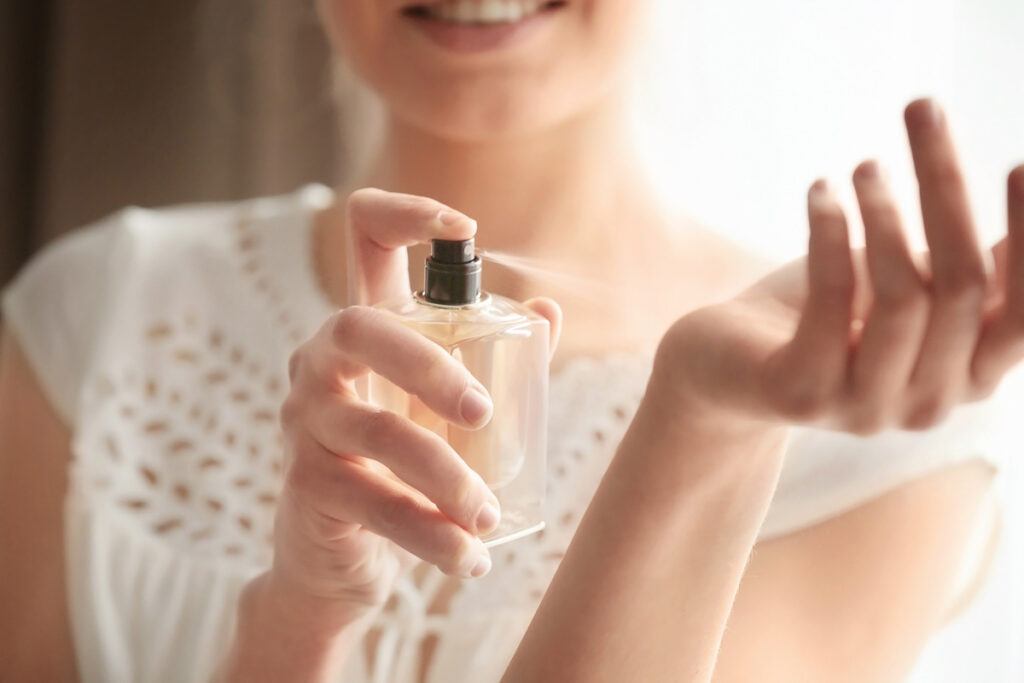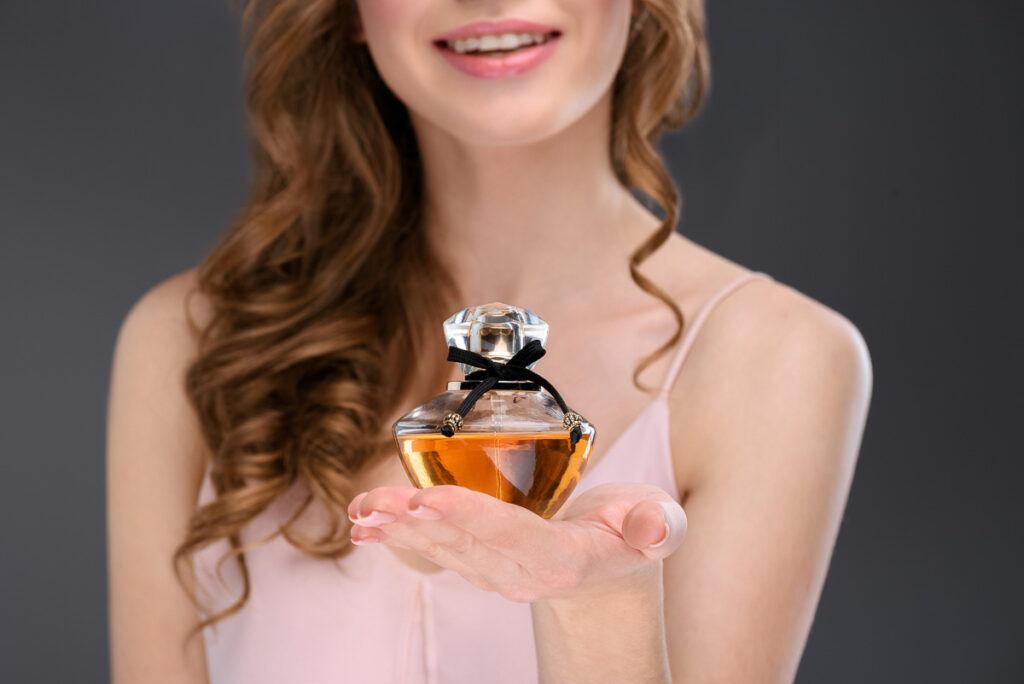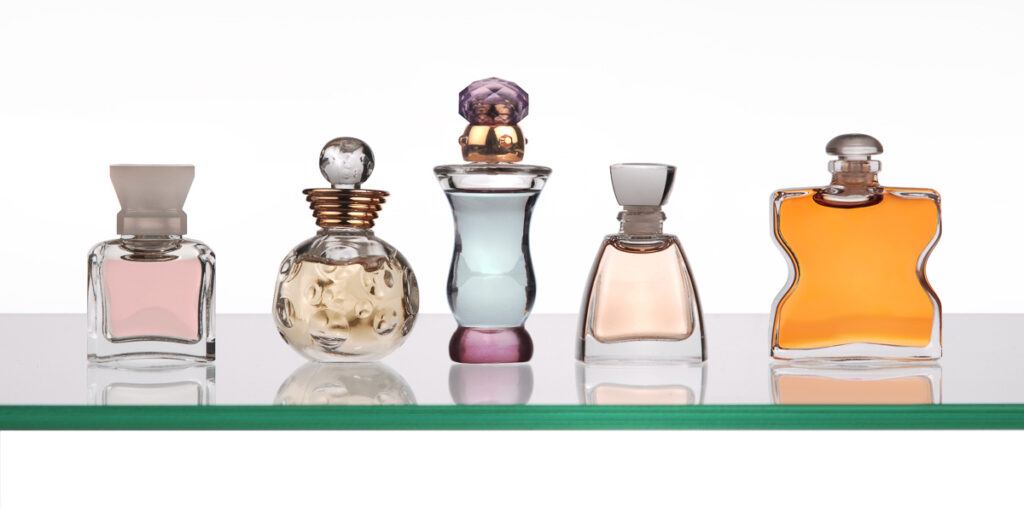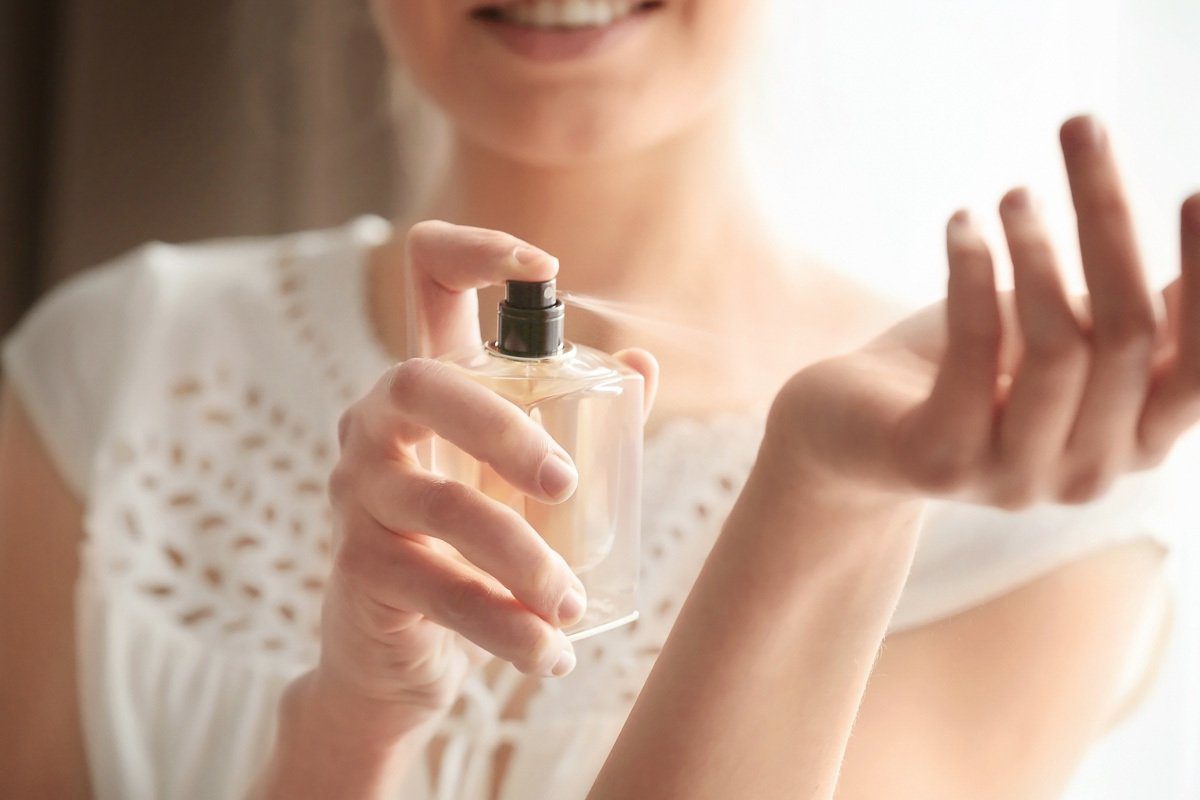Some of our links are affiliated, we will earn a commission when you buy a service or product. This will have no extra cost for you. For further info please refer to our Privacy Policy
Few things in the world evoke powerful memories and emotions quite like a signature scent. Whether it’s a whiff of the perfume your mother wore when you were a child, or the intoxicating fragrance of a significant other, scents have a potent way of transporting us back in time.

For the avid traveler, having a lasting fragrance can mean carrying a piece of home everywhere or leaving a memorable impression at every destination. However, the challenge of making your perfume last, especially on a long day of travel, is one many of us face. In this article, we dive into the nuances of ensuring your scent remains with you as you journey through diverse climates, terrains, and experiences. Fragrance dupes help you with this goal for a fraction of the price!
Know Your Perfume
The very first step to ensuring that your perfume lingers is understanding the type of perfume you’re using. All perfumes are not created equal; they come in different concentrations, which directly affects their longevity.
- Parfum (Pure Perfume): This is the highest concentration of fragrance, usually consisting of 20-30% perfume oil. It can last for up to 8 hours.
- Eau De Parfum (EDP): With a concentration of 15-20% perfume oil, EDPs are quite popular and can last anywhere from 4 to 6 hours.
- Eau De Toilette (EDT): This contains 5-15% perfume oil and typically lasts 2-4 hours.
- Eau De Cologne (EDC): With just 2-4% perfume oil, it’s a lighter scent that usually lasts for a couple of hours.
Understanding these concentrations helps in setting realistic expectations about how long your fragrance might last and allows you to pick a suitable concentration for your travel needs.
Application Matters
The way you apply your perfume plays a vital role in its lasting power.
- Pulse Points: The heat from pulse points helps diffuse and amplify the aroma of your perfume. Therefore, always apply on your wrists, behind the ears, the base of the throat, inside your elbows, and behind your knees.
- Don’t Rub, Just Dab: A common mistake is to rub the wrists together after applying perfume, thinking it will help spread the scent. In reality, this breaks down the perfume molecules and diminishes its lasting power.
- Layer It Up: Using products from the same fragrance line, like body lotion or shower gel, can amplify the scent’s longevity. The layering process creates a solid base for the fragrance, helping it last longer.

The Right Time to Apply
Just like timing is crucial in many aspects of life, it’s equally significant when it comes to perfume application.
- Post-Shower: The best time to apply perfume is after a shower when your skin is clean and can absorb the fragrance better. The moisture on your skin will help lock in the scent.
- Avoid Overloading: If you’re unsure of how much to apply, start with less. It’s easier to add more later if needed than to be overwhelmed with a powerful scent.
Prepping Your Skin
Healthy, moisturized skin holds onto scents longer than dry skin. Consider these skin prepping tips:
- Moisturize: Apply an unscented moisturizer before your perfume. Oily compositions help lock in the scent and prevent it from evaporating quickly.
- Stay Hydrated: Drinking enough water ensures your skin remains hydrated from the inside out, which in turn, helps in holding onto your fragrance longer.
Storing Perfumes Right
Proper storage can extend the shelf life of your perfume and maintain its integrity.
- Cool, Dark Places: Heat, light, and humidity can break down the perfume, reducing its quality. Always store your bottles in a cool, dark place, preferably inside their original box.
- Avoid Bathrooms: Though it might be convenient, bathrooms tend to be humid, which isn’t ideal for your perfume.

Travel-Friendly Tips
For the travelers out there, these additional tips can make a world of difference:
- Travel-Sized Bottles: Instead of carrying the full-sized bottle, transfer your perfume into travel-sized atomizers. This not only saves space but also preserves the original bottle from potential travel-induced damage.
- Reapply Strategically: If you’re out and about for the entire day, consider carrying your perfume with you for a strategic reapplication, especially before important events or meetings.
- Test Before Buying: If you’re purchasing a new fragrance while traveling, remember to test it and let it sit for a few hours. This way, you can see how it reacts with your skin’s pH and how long it lasts before committing to a purchase.
Seasonal Scent Selection
As we embrace the various moods of the world during our travels, understanding the effect of seasons on perfumes becomes imperative.
- Warm Weather: In places like Bangkok or Bali with hot and humid conditions, scents tend to intensify. You might want to opt for lighter, citrusy, or aquatic fragrances during these times. These not only feel refreshing but also tend to complement the sunny mood.
- Cool Weather: Colder climates like in Tromso or Stockholm allow for richer, spicier, and more robust fragrances. Woody, oriental, or musky notes shine during this season, enveloping you in a warm, cozy aura.
It’s wise to adjust your fragrance choices based on the season or the climate of your destination to ensure they remain inviting rather than overpowering.
Sillage and Longevity
While ‘longevity’ is a term most of us are familiar with, ‘sillage’ is equally significant when it comes to perfumes. Sillage is the trail of scent left behind by the wearer. Some fragrances have a pronounced sillage, making heads turn even after you’ve walked past, while others are more intimate, only noticeable when someone is close.
While traveling, balance is key. You might want a fragrance with moderate sillage, ensuring you leave a mark without overwhelming others in confined spaces like airplanes or trains.

Mixing Scents
For the experimental traveler, mixing two or more fragrances can result in a unique signature scent. However, a few things should be kept in mind:
- Note Harmony: Ensure that the notes of the perfumes you’re combining harmonize. For instance, floral fragrances usually blend well with woody or citrusy ones.
- Intensity Balance: Don’t mix a very dominant scent with a subtle one. The stronger fragrance might overshadow the other, defeating the purpose of blending.
- Trial and Error: Like all things creative, finding the perfect blend might require a few tries. Always test your concoctions before setting out.
Cultural Considerations
As a respectful traveler, it’s essential to be aware that strong scents might not be appreciated everywhere. In some cultures or places, heavy perfumes might be frowned upon or could even be offensive. Research your destination beforehand and adjust your fragrance intensity accordingly.
Fragrance-free Intervals
Lastly, it’s a good idea to occasionally let your skin breathe without any fragrance, especially after long flights or hectic travel schedules. This not only prevents potential skin irritations but also gives you a clean slate, so when you do apply your scent again, it shines in its full glory.
In conclusion, a scent is more than just a fragrance; it’s an invisible accessory that often becomes an integral part of our identity. By understanding your perfume, applying it correctly, and taking care of it, you can ensure that your fragrance remains a lasting companion, no matter where your travels take you. Safe travels and happy scenting!

